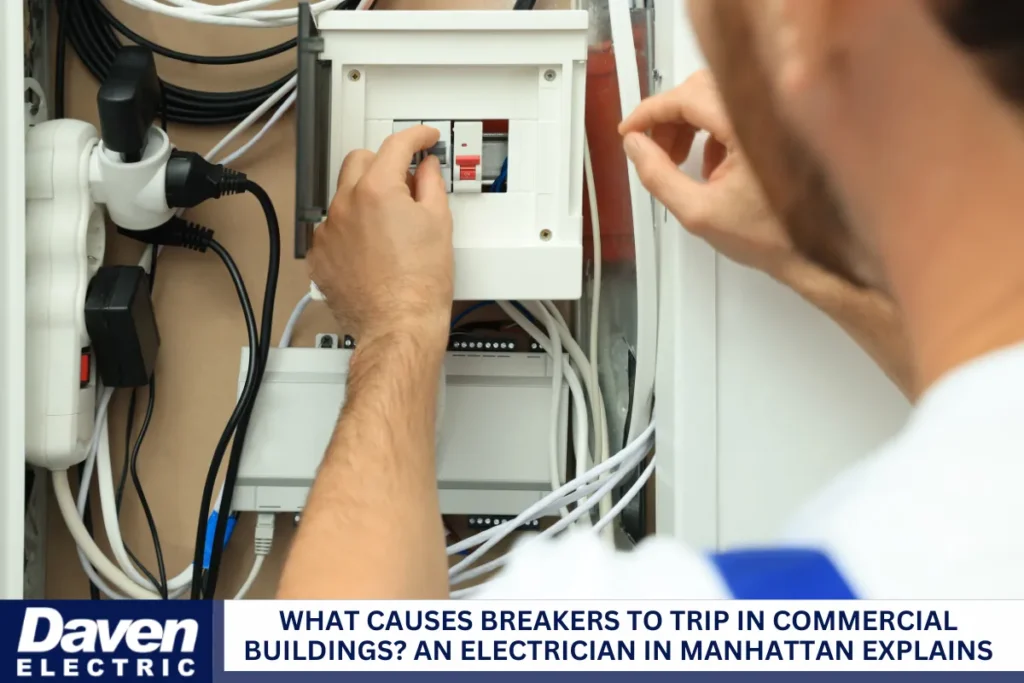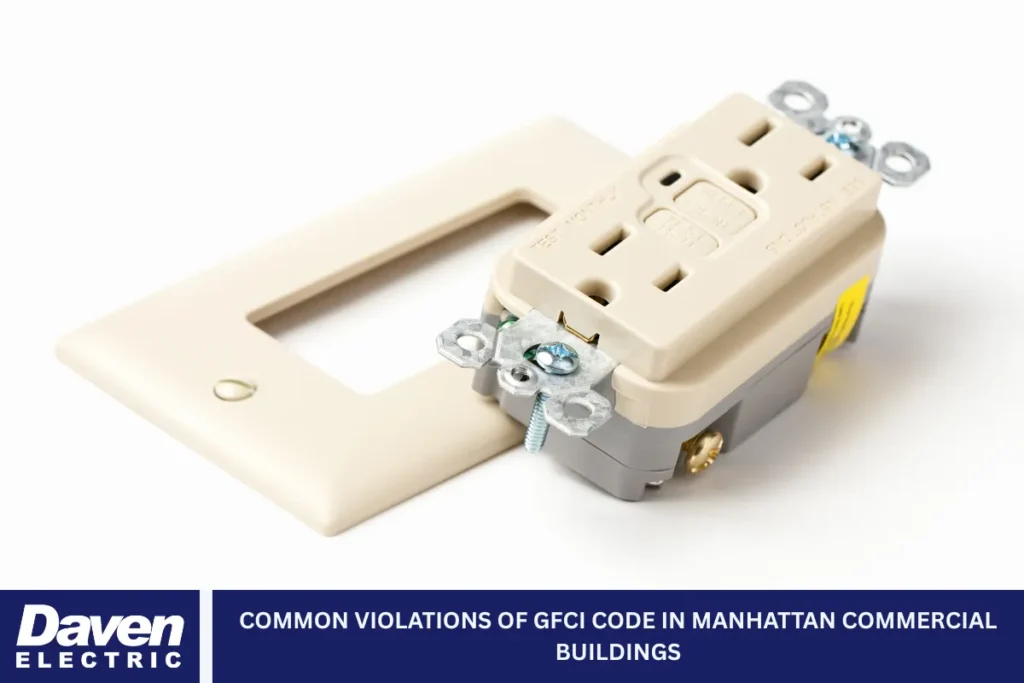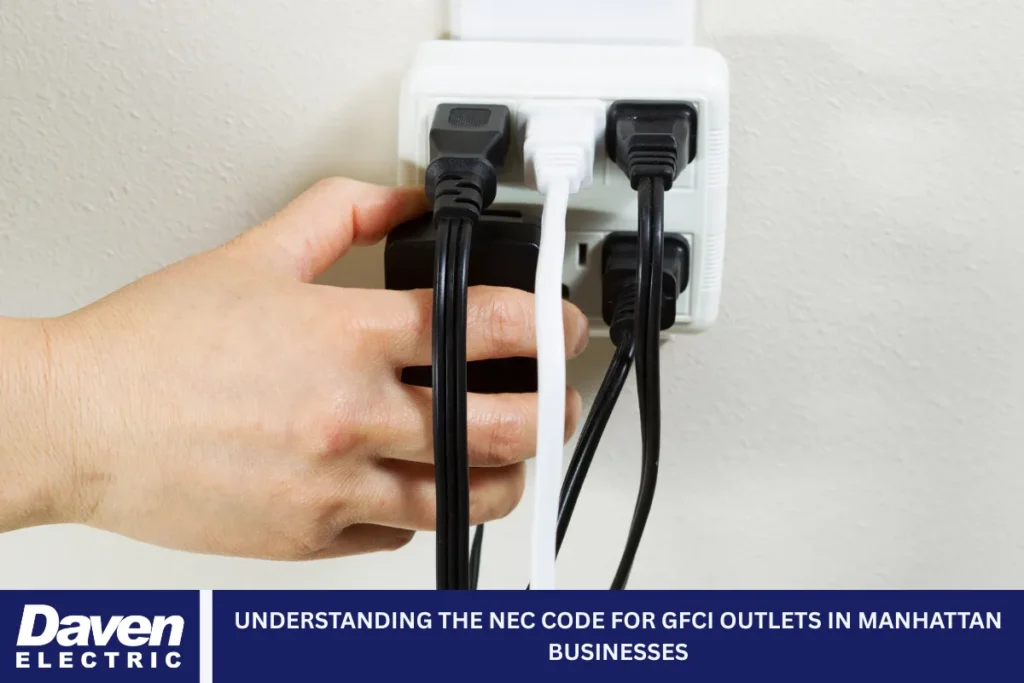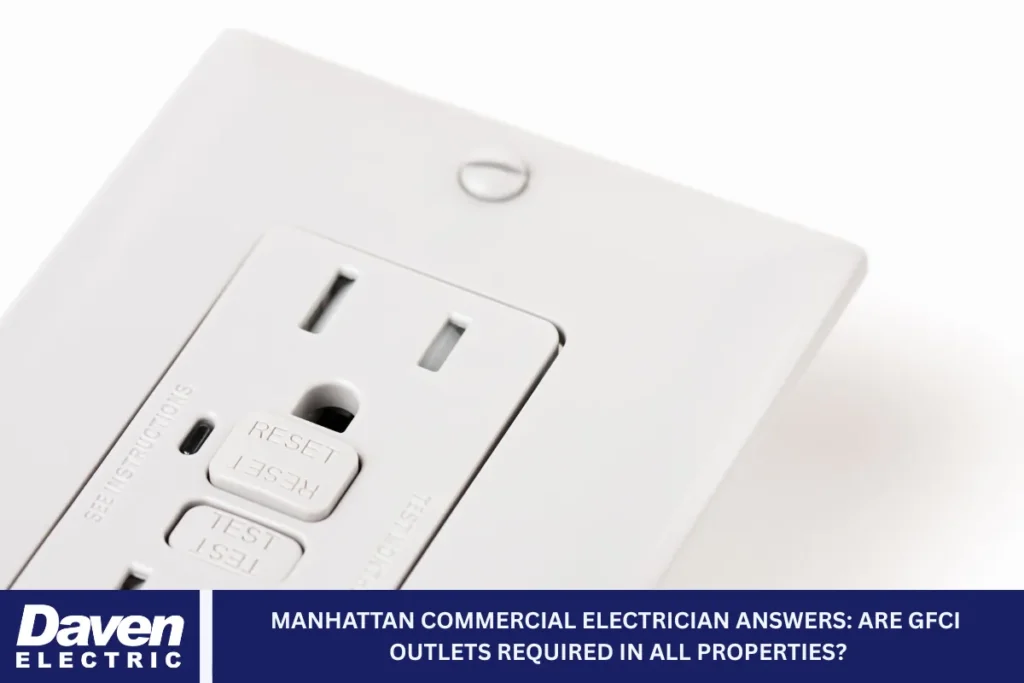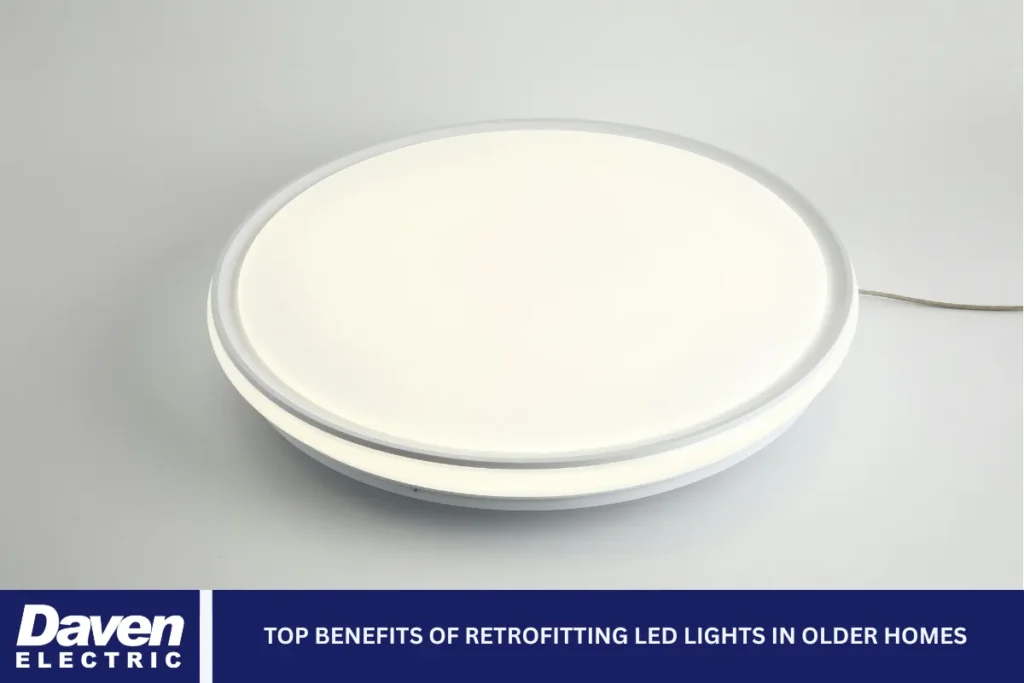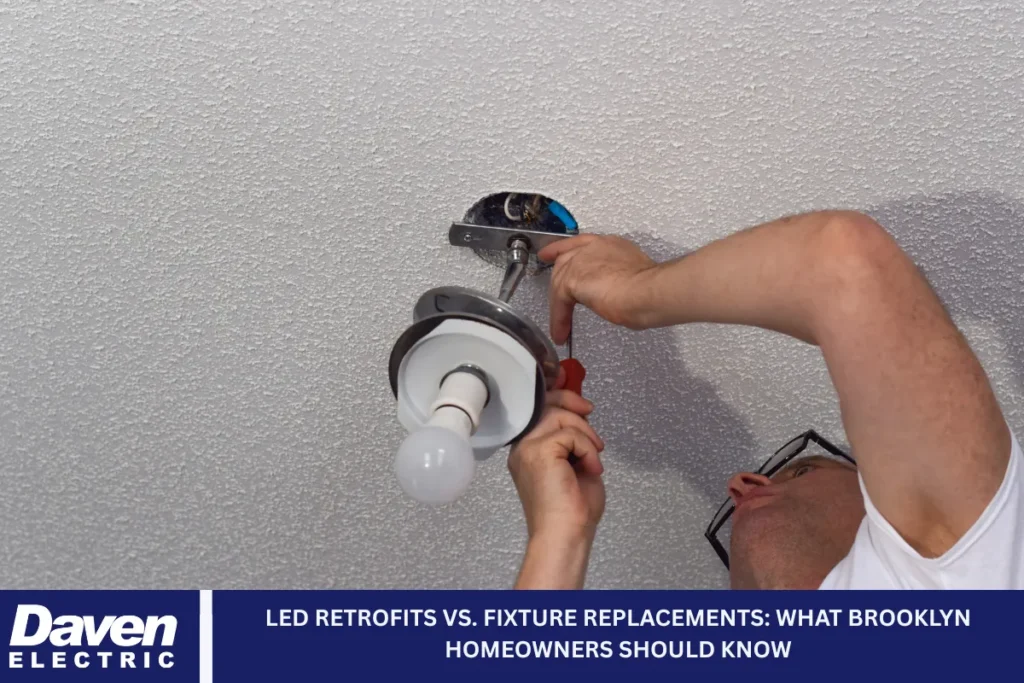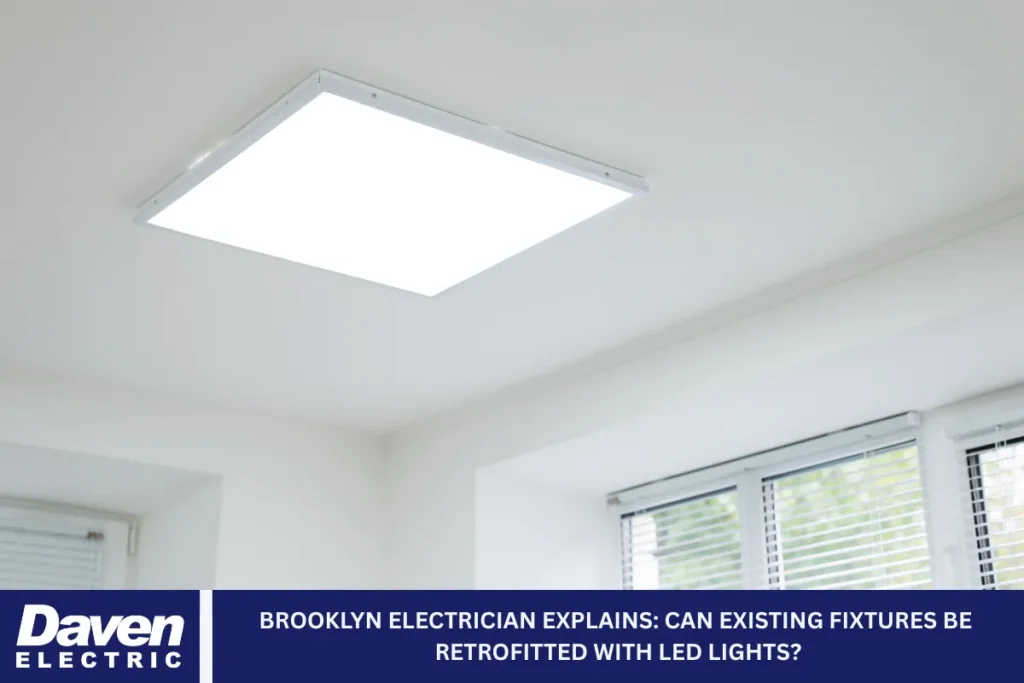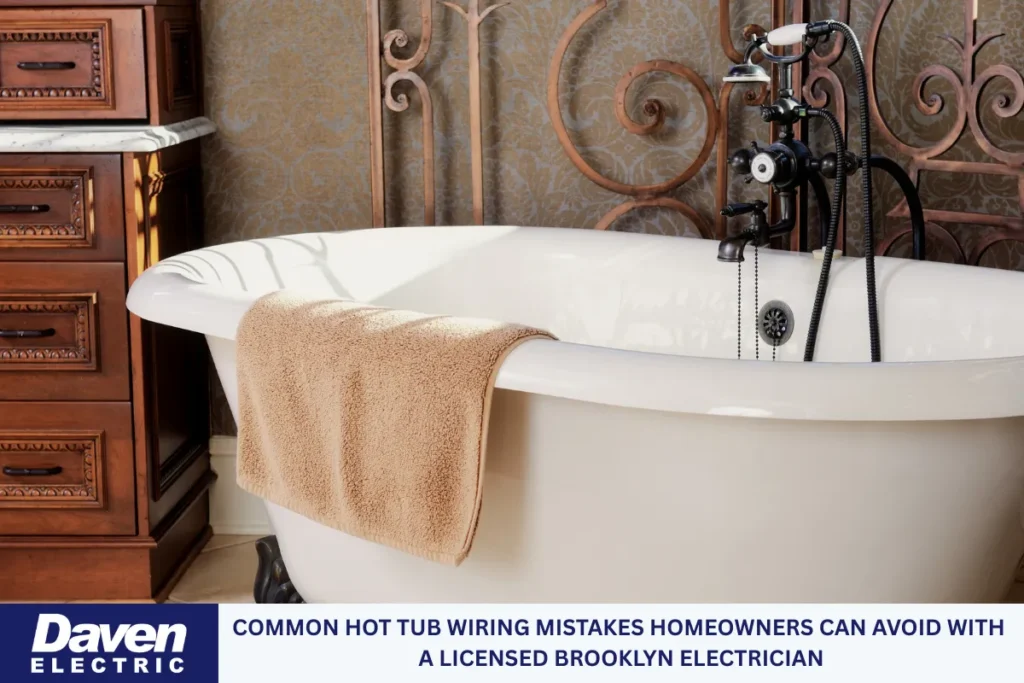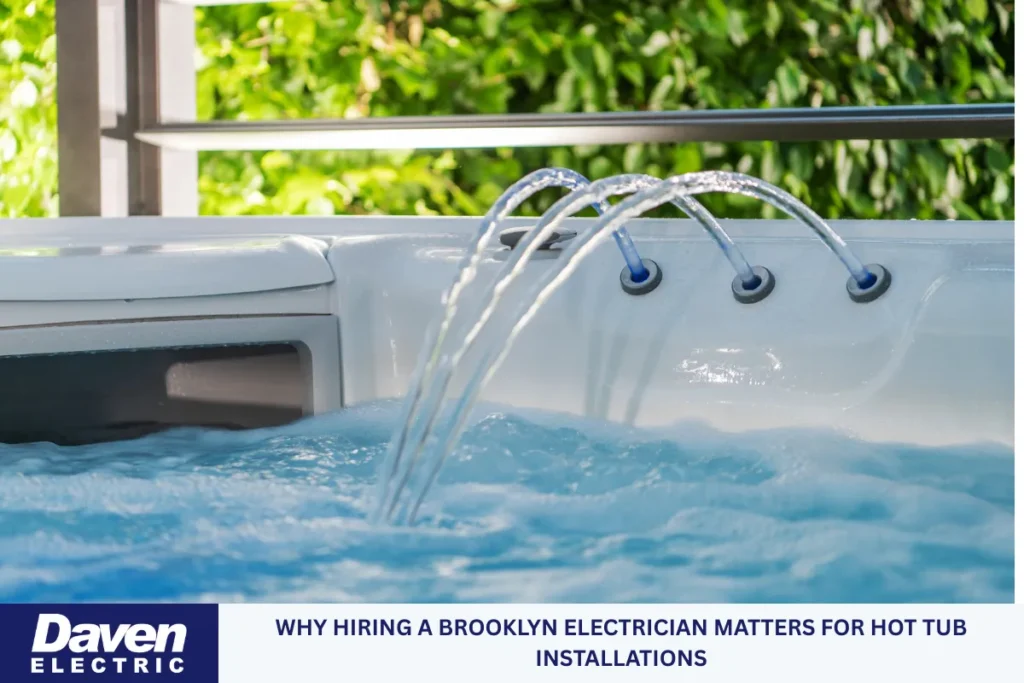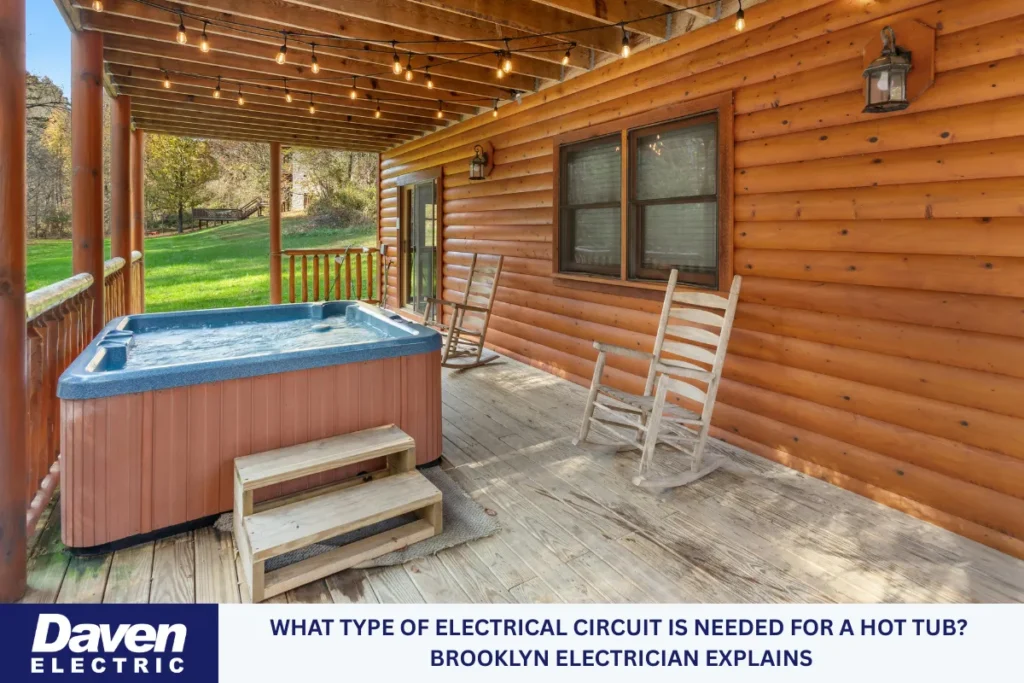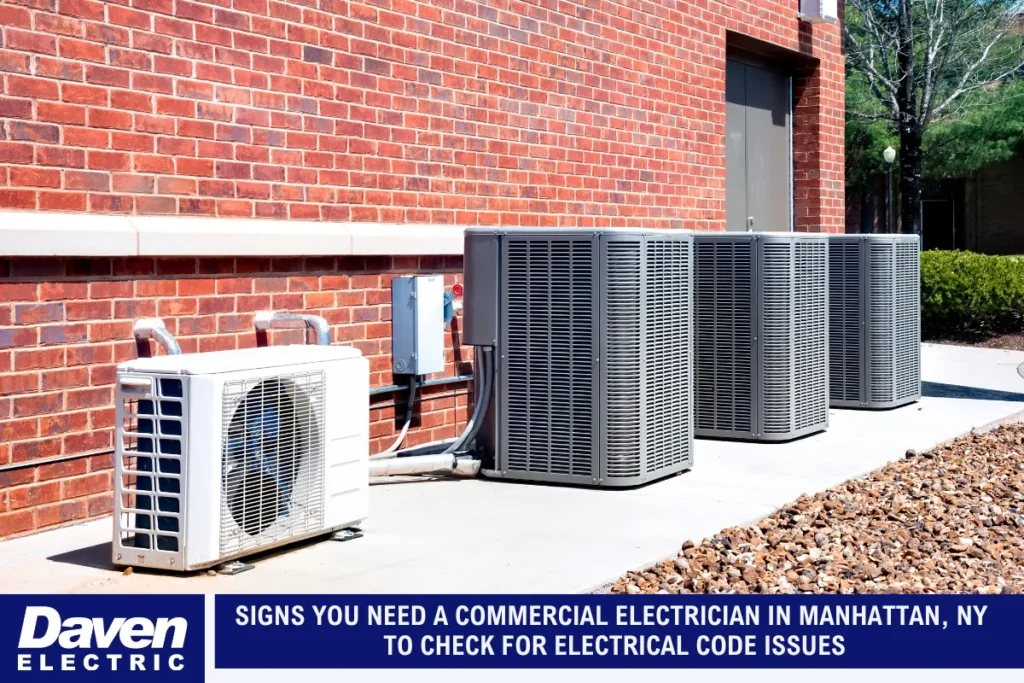Circuit breakers play a vital role in maintaining electrical safety, especially in commercial properties. In busy metropolitan areas like Manhattan, a commercial electrician is often called in to inspect, troubleshoot, and resolve issues related to tripping breakers. Understanding why breakers trip is crucial not only for preventing downtime but also for protecting the safety and functionality of your building’s electrical system.
This comprehensive article explores the primary causes of circuit breaker trips in commercial buildings, the associated risks, and strategies for maintaining a safer and more efficient electrical setup.
Understanding Breaker Trips: A Crucial Safety Mechanism
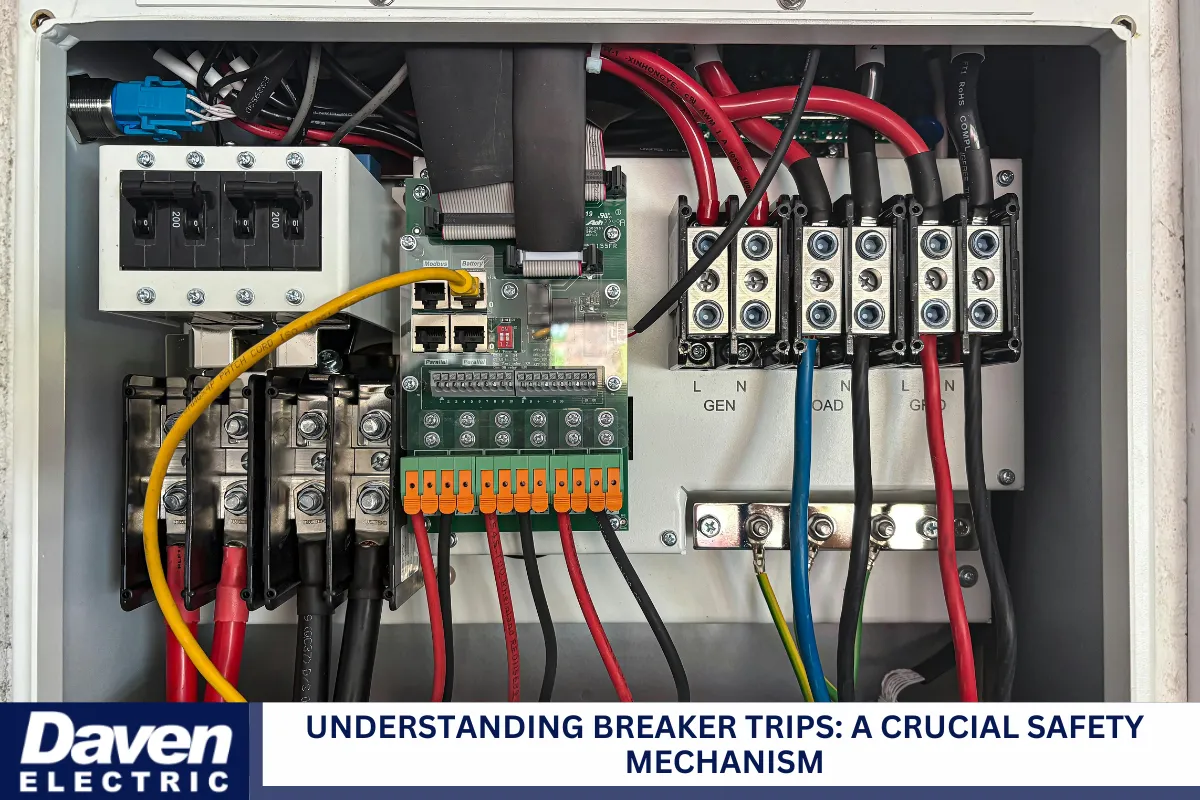
Circuit breakers are automatic safety devices built into your electrical system to prevent overloads, short circuits, and other hazardous conditions. When the system detects an irregularity in electrical flow—such as too much current, contact with the wrong material, or sudden power surges—it immediately cuts the circuit. This shutoff is called a “trip.”
The purpose of the trip is to stop the flow of electricity before it causes damage to wiring and appliances or, worse, ignites an electrical fire. In commercial buildings where electrical demand is high, frequent breaker trips can signal more than just a minor inconvenience—they may be warning signs of larger issues lurking within the system.
Overloaded Circuits – The Most Common Cause of Tripped Breakers
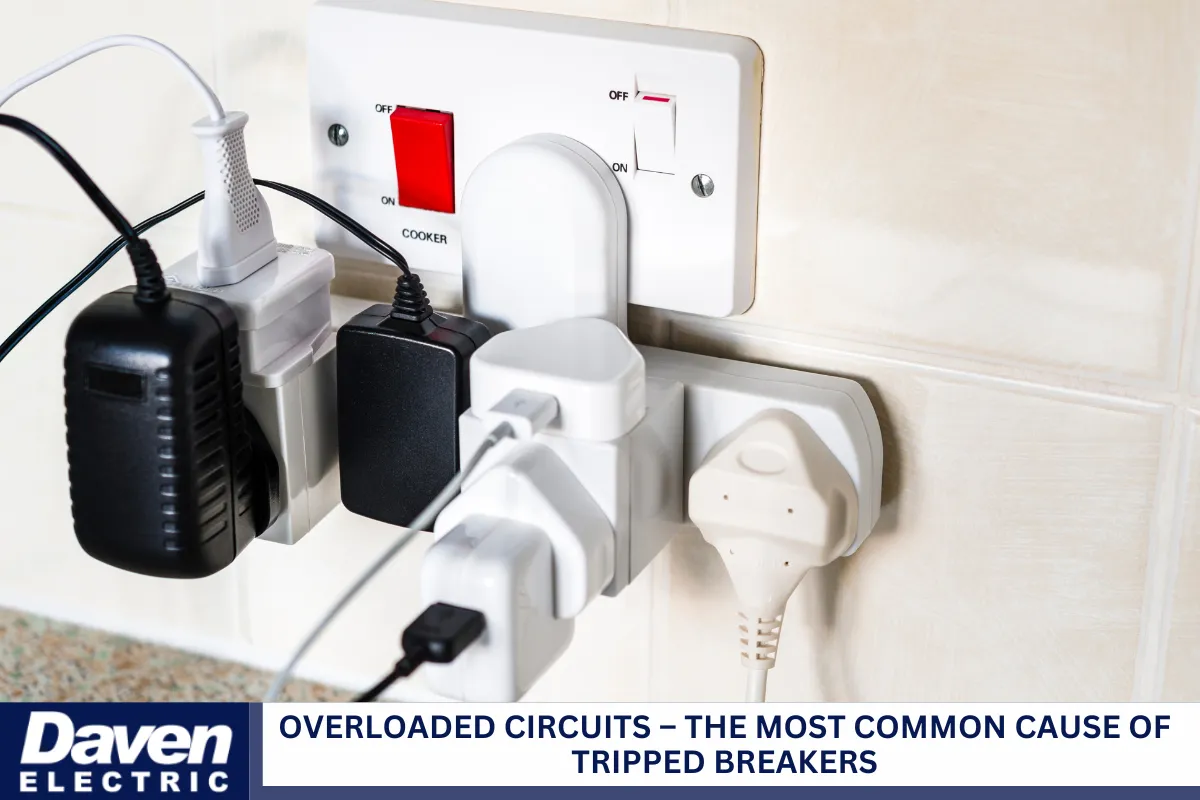
What Is an Overloaded Circuit?
An overloaded circuit occurs when too many devices or appliances draw power from the same electrical line, exceeding its designed capacity. In essence, the circuit is asked to do more than it was built to handle. This overload causes heat to build up, prompting the breaker to trip to prevent wire insulation from melting or sparking a fire.
Why It’s a Problem in Commercial Buildings
In commercial spaces, such as office towers, retail stores, restaurants, and industrial buildings, power demand is constant and often substantial. HVAC units, lighting systems, computers, refrigeration equipment, and industrial tools often share circuits, which can lead to potential overloads.
How to Identify an Overload
- Frequent breaker trips during peak usage times
- Flickering lights or screens
- Warm or hot electrical outlets
- Buzzing sounds from switches or sockets
How to Prevent It
Hiring a commercial electrician to assess and reconfigure your electrical load is key. They can install additional circuits, redistribute power evenly, and recommend energy-efficient upgrades to minimize strain on your existing infrastructure.
Short Circuits – A Dangerous Electrical Fault
What Is a Short Circuit?
A short circuit happens when a hot (live) wire comes into contact with a neutral or ground wire. This forms a shortcut for electrical flow that bypasses the resistance of your appliances or fixtures, creating a massive current surge. This surge can produce intense heat, which is why short circuits are one of the leading causes of electrical fires.
How They Occur in Commercial Environments
Short circuits in commercial buildings can stem from several issues, including damaged insulation, faulty wiring, broken appliances, or even construction mishaps. Office buildings that go through frequent renovations or equipment installations are especially prone.
Recognizing the Signs
- Sudden breaker trips without added load
- A burning or metallic smell
- Blackened or charred outlets
- Visible sparks or discoloration on walls
Why Professional Intervention Is Critical
Short circuits are serious hazards and should never be ignored. A licensed commercial electrician in Manhattan can trace the source, repair damaged wires, and test the entire circuit to ensure the system’s safety.
Ground Faults – A Misconnection with Serious Implications
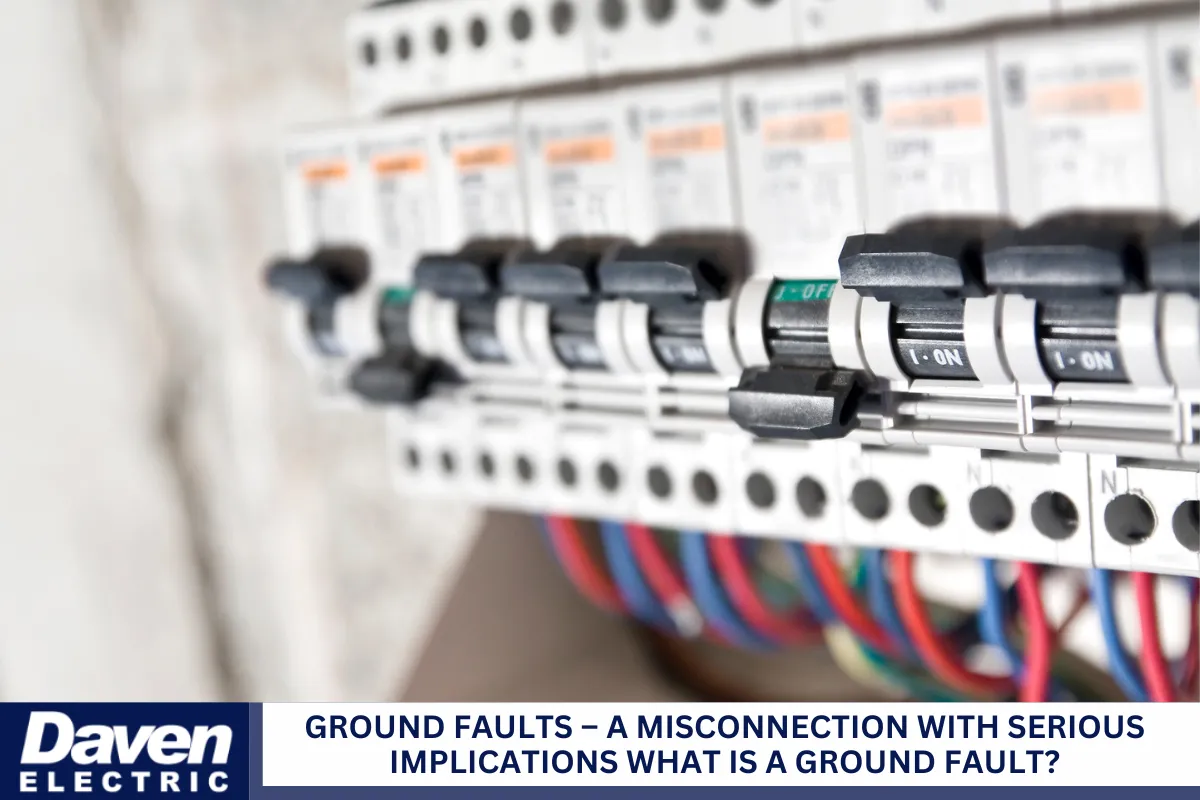
What Is a Ground Fault?
A ground fault occurs when the hot wire comes into contact with a grounded part of the electrical system, such as a metal wall box or the frame of an appliance. This type of fault is more likely to occur in areas with high moisture content, such as restrooms, kitchens, or outdoor spaces. It can result in an electric shock or serious injury if touched.
Where Ground Faults Appear in Commercial Properties
Commercial kitchens, restrooms, basements, utility closets, and outdoor facilities are especially prone to ground faults due to the presence of water, condensation, or corroded wiring. Improperly installed appliances and outdated wiring systems also increase the risk.
How to Spot Ground Faults
- Breakers trip when specific appliances are turned on
- Tingling sensations when touching metal objects or appliances
- GFCI (Ground Fault Circuit Interrupter) outlets that constantly reset
- Moisture or rust near outlets or electrical panels
Ground Fault Solutions
Ground fault protection is often mandated by code in certain parts of a building. A commercial electrician can test circuits using specialized equipment, replace faulty outlets with GFCIs, and seal wiring to prevent moisture penetration.
Aging Infrastructure – The Hidden Threat Behind the Walls
Why Older Systems Struggle
Many commercial buildings in Manhattan date back decades. While their architecture and location may be valuable, their electrical systems often lag. Older infrastructure may include aluminum wiring, low-capacity breaker panels, or circuits that were never intended for today’s high-tech business demands.
Common Aging Issues
- Cracked or frayed insulation
- Outdated fuse boxes instead of modern circuit breakers
- Undersized wiring for modern loads
- Corrosion due to time or moisture
Dangers of Operating with Outdated Systems
Aged systems are more prone to overheating, accidental contact, and total system failure. The risk of fire is significantly higher when outdated systems are forced to deliver more power than they were originally designed to handle.
Upgrading with a Commercial Electrician
Upgrades include replacing breaker panels, rewiring high-load areas, installing surge protection, or adding new sub-panels. A commercial electrician familiar with Manhattan’s building codes can recommend scalable solutions that future-proof your facility.
Faulty Equipment – The Machines You Trust May Be the Problem
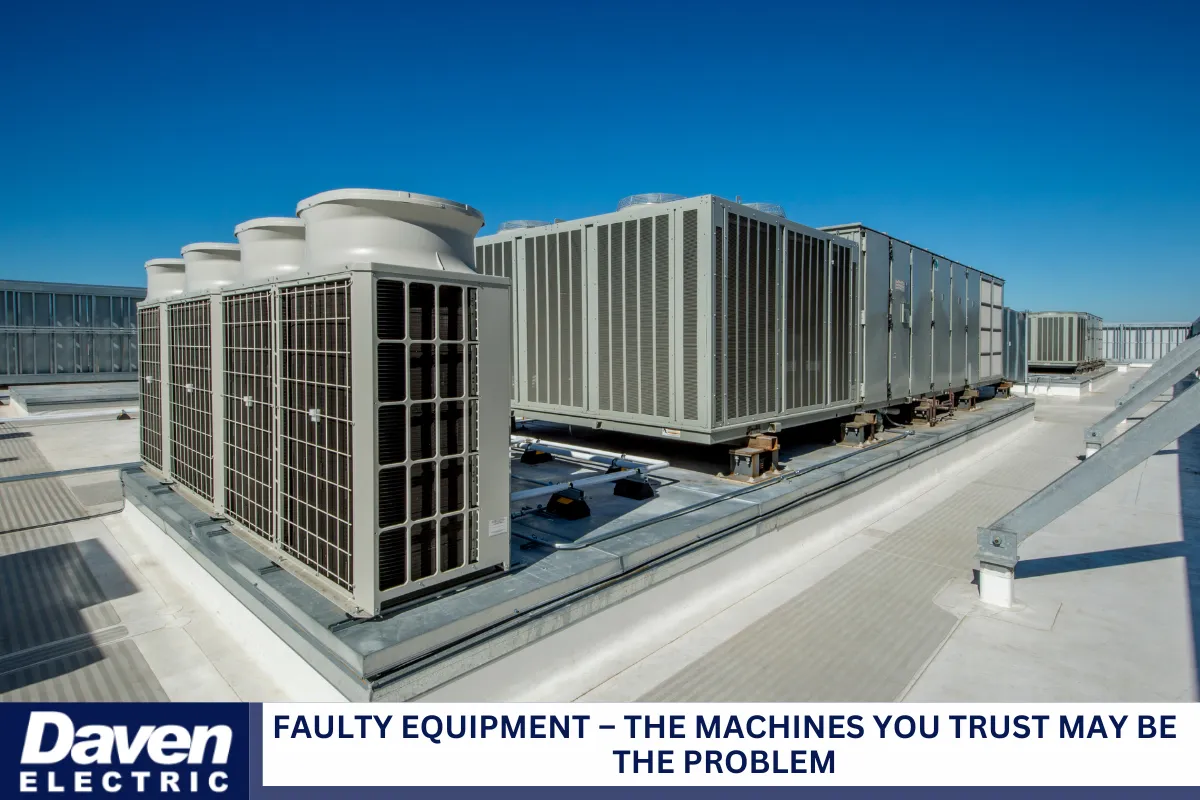
How Equipment Can Cause Breaker Trips
When a specific appliance or device repeatedly causes the breaker to trip, the equipment itself is likely faulty. This might be due to an internal short, a damaged power cord, worn components, or even manufacturer defects.
Common Offenders in Commercial Settings
- HVAC compressors
- Refrigerators or walk-in coolers
- Printers and copiers
- Point-of-sale (POS) systems
- Microwaves and coffee machines in break rooms
Detecting Equipment-Related Tripping
To identify if the problem lies with a specific device:
- Unplug all devices on the circuit.
- Reset the breaker.
- Plug in and power up each device individually.
The equipment that causes the breaker to trip is likely the source of the problem and should be inspected by a technician.
Electrical Errors During Renovation or Installation
How Mistakes Happen
Renovation projects are a top cause of electrical mishaps. Even with the best intentions, mistakes like reversed polarity, improperly secured wires, or mismatched breaker ratings can introduce hazards into your system.
Typical Installation Problems
- Circuits are overloaded due to poor planning
- Loose wire connections
- Unapproved or non-code-compliant materials
- Incorrect breaker types installed
Why Building Codes Matter
Manhattan has strict electrical codes to protect commercial buildings from unsafe conditions. Failing to comply not only puts your property at risk but may also void insurance coverage or delay the issuance of occupancy permits.
How a Commercial Electrician Can Help
From new construction to retrofits, a qualified commercial electrician ensures everything is up to code. They double-check panel ratings and test connections and ensure the wiring layout supports both your current and future load requirements.
Environmental Factors That Influence Breaker Performance in Manhattan
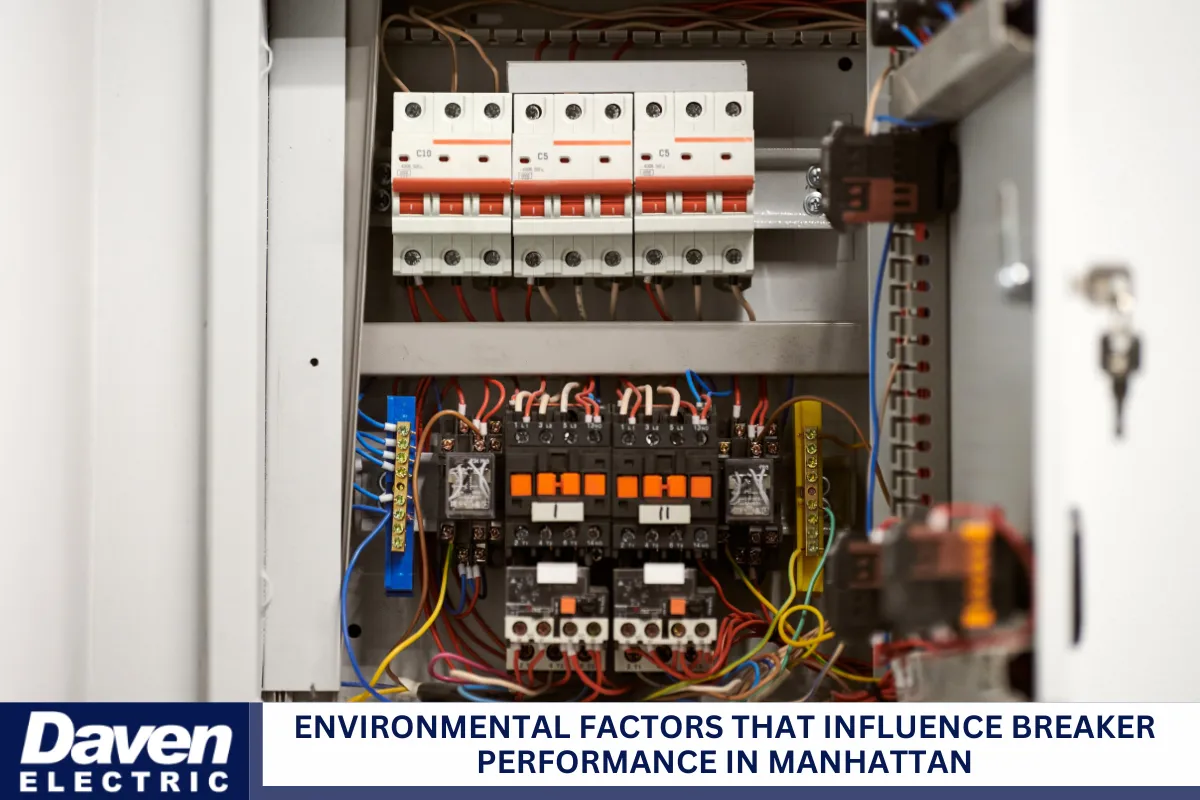
Environmental Challenges in the City
Manhattan poses unique challenges for commercial electrical systems due to its dense layout and underground infrastructure. Vibrations from subways, moisture from older plumbing systems, or even vermin chewing wires in basements can contribute to unexpected breaker trips.
Specific Issues That Arise
- Rodents are damaging insulation in utility corridors
- Water leaks are infiltrating wiring
- Dust buildup in panel boxes
- Vibration from nearby construction compromises wire connections
Preventing Environmental Hazards
Regular inspections by a commercial electrician help identify environmental vulnerabilities. Sealing conduits, waterproofing panel boxes, and upgrading enclosures are just a few solutions to keep your system protected year-round.
Two-Part Closing Section – Keeping Your Commercial Building Powered and Safe
Stay Ahead with Preventive Electrical Management
Preventing circuit breaker issues begins with a proactive approach. Regular inspections, scheduled maintenance, and smart upgrades can make all the difference. Whether your property is an office, retail store, or industrial facility, make it a priority to have a commercial electrician conduct a full system evaluation at least once a year. By identifying problems early, you can save time, money, and reduce the risk of disruptions.
Breaker trips shouldn’t be brushed off as minor inconveniences. They are system safeguards that alert you to underlying electrical issues that require attention. Whether it’s overloaded circuits, short circuits, aging infrastructure, or equipment failure, identifying the cause is the first step in resolving the issue.
Protect Your Investment and Operate with Confidence
Your commercial property represents a significant investment, and maintaining its smooth operation depends on the reliability of its electrical system. A well-maintained system enhances safety, efficiency, and productivity. Instead of treating electrical problems reactively, make smart maintenance and consultation part of your standard business practice.
With the right guidance and expertise from a Manhattan-based commercial electrician, you can resolve existing problems and prevent future ones, ensuring your property operates safely and efficiently in a city that never sleeps.
Manhattan Commercial Electrician – Daven Electric Corp
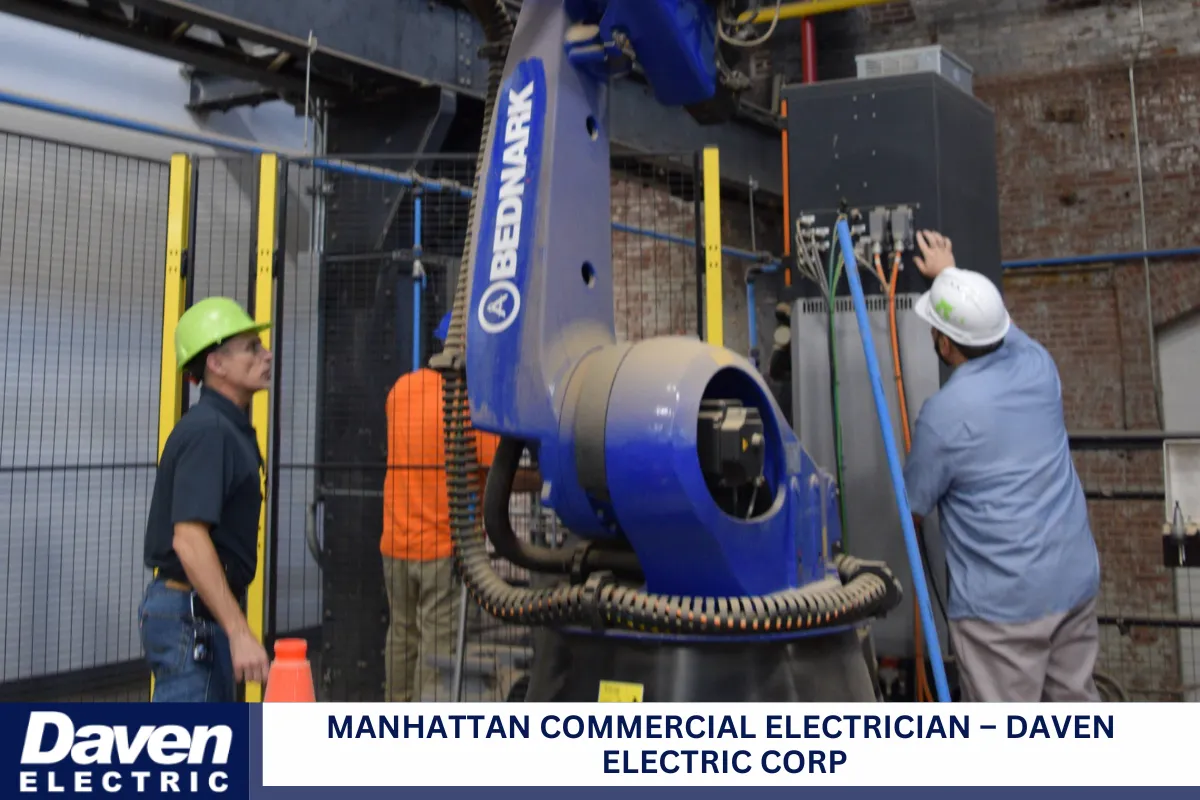
Looking for a trusted commercial electrician in Manhattan? Look no further! Daven Electric Corp. provides high-quality electrical installation services for commercial, residential, and multi-dwelling buildings across Manhattan. Whether you’re dealing with circuit breakers that keep tripping, outdated panels, or you need a new system altogether, we’ve got the experience and tools to handle it.
With deep industry knowledge and hands-on expertise, our team is ready to furnish and install any Electrical, Telecom, or Data System your building needs.
Want it done right the first time? Contact us today at (718) 705-4531, and let’s ensure your electrical system works as hard as you do.
Frequently Asked Questions About Breakers and Electrical Systems in Commercial Buildings
1. Why do circuit breakers trip in commercial buildings?
Circuit breakers trip to prevent electrical hazards when an issue occurs, such as a circuit overload, short circuit, or arc fault. In commercial buildings, the demand for electrical systems is significantly higher due to the continuous operation of electrical equipment, computers, lighting systems, and more.
Breakers are part of your electrical panel or load centers, which manage current flow throughout your facility. When devices draw more power than a circuit can handle, the breaker switch trips to cut the flow, preventing damage or fire.
Common causes include:
- Overloading circuits with power strips or extension cords
- Faulty electrical wiring or underground wire
- Old fuse box or outdated electrical service panels
- Improper use of high-wattage items like space heaters
Tripping is a safety feature. If it happens frequently, it may indicate a need for electrical upgrades or a professional inspection of your breaker switches and junction boxes.
2. What are the differences between circuit breakers and fuse boxes?
Circuit breakers and fuse boxes serve the same purpose: to protect your building’s electrical wiring and equipment from damage caused by excess current. However, they operate differently and offer varying levels of safety and convenience.
Fuse boxes:
- Use fuses that melt when overloaded
- Must be manually replaced after a trip
- Often found in older buildings, not up to modern electrical code
- Typically lack features like arc fault protection
Circuit breaker panels:
- Use resettable switches
- More convenient and safer
- Can include miniature circuit breakers or molded-case circuit breakers for specific needs
- Better support for modern electrical work and electrical upgrades
Breakers are now standard due to their durability and safety. If your commercial property still uses a fuse box, consider upgrading to a circuit breaker system. This can improve protection against power outages, short circuits, and wiring hazards.
3. Can using extension cords or power strips cause breakers to trip?
Yes, excessive reliance on extension cords or power strips is a common reason for breaker switches tripping in commercial spaces. These devices may seem convenient but often encourage overloading a single outlet or electrical wire, especially when powering multiple high-wattage tools or devices.
Here’s what can happen:
- The electrical panel senses too much current flow and shuts off the circuit
- Poor-quality cords may overheat or melt, leading to scorch marks or even fires
- Continuous use of these devices violates many electrical code standards
Best practices include:
- Avoid chaining multiple strips together
- Use surge-protected power strips when necessary
- Hire a commercial electrician to install additional outlets or upgrade your load centers
Instead of relying on temporary solutions, long-term safety requires investing in proper electrical upgrades and balanced electrical wiring layouts that meet your business’s power demands.
4. What are molded-case circuit breakers and miniature circuit breakers?
Both molded-case circuit breakers (MCCBs) and miniature circuit breakers (MCBs) are used to protect electrical equipment. Still, they’re suited for different applications based on the electrical load and environment.
Miniature circuit breakers:
- Commonly found in homes and small offices
- Designed for low current capacity (up to 100 amps)
- Ideal for electrical service panels managing standard lighting and receptacle circuits
Molded-case circuit breakers:
- Handle higher voltage and amperage levels (up to 2,500 amps)
- Used in large commercial or industrial breaker panels
- Offer additional protection like arc fault detection and thermal-magnetic trip mechanisms
Choosing between them depends on the size and complexity of your system. In Manhattan’s high-demand buildings, MCCBs are preferred for their reliability during surges and large-scale electrical work. Always consult a professional when upgrading your load center to ensure compatibility and code compliance.
5. Why is it important to upgrade an old electrical service panel?
Upgrading an old electrical service panel is crucial for ensuring safety, improving efficiency, and meeting the growing power demands of modern commercial buildings. Outdated panels, especially those using a fuse box, may not be able to handle today’s high current flow from HVAC systems, servers, and lighting.
Here’s why electrical upgrades matter:
- Reduces the risk of power outages from overloaded circuits
- Supports additional electrical equipment like charging stations or data servers
- Enhances protection with features like arc fault breakers and surge protection
- Ensures compliance with the NYC electrical code
- Increases property value and insurance eligibility
An old panel may lack the capacity for safe electrical wiring expansion or even proper housing for new circuit breaker panels. Whether it’s a tenant build-out or tech upgrade, updating your load centers ensures reliability and reduces long-term maintenance costs. Read more: How a Commercial Electrician Diagnoses Breaker Problems in Manhattan Properties

